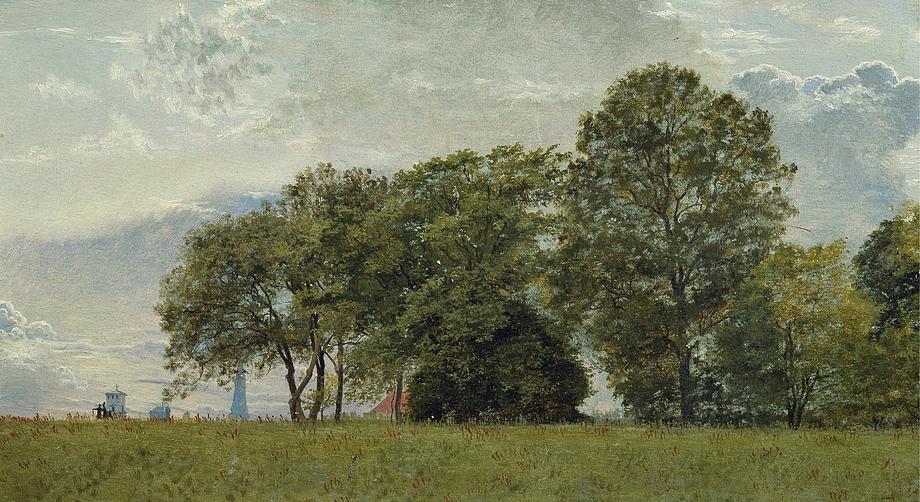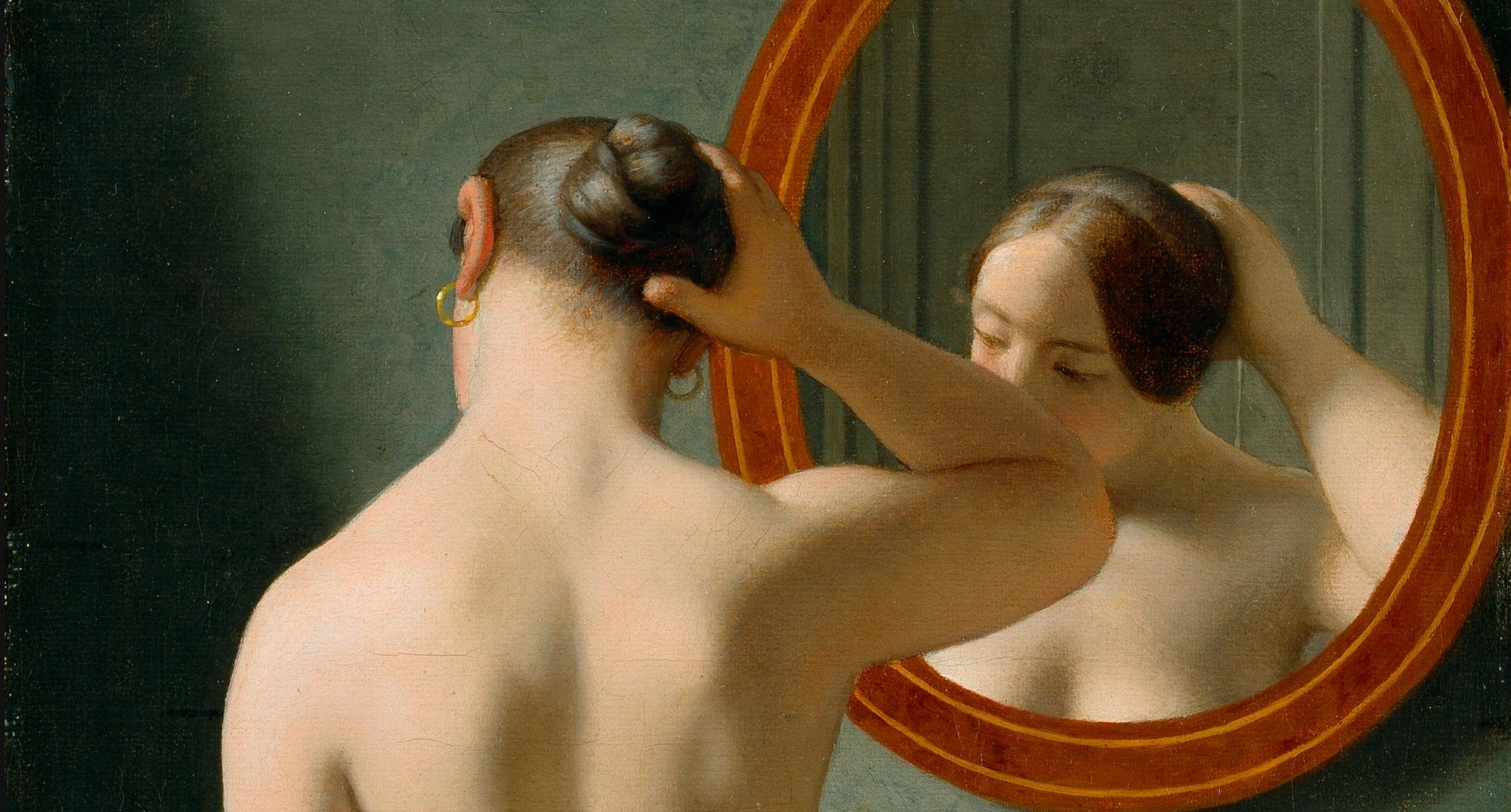
The Golden Age painters
C.W. Eckersberg and his pupils
The father of Danish painting. That term has been used to describe Christoffer Wilhelm Eckersberg time and time again. And not without reason, for Eckersberg had a tremendous impact – artistically and as a teacher – on the artists we now associate with the Danish Golden Age. In the Hirschsprung Collection his works are on display in room 1. This is where the collection takes its chronological starting point, and this is what Heinrich Hirschsprung and his advisors saw as the wellspring of good Danish art.
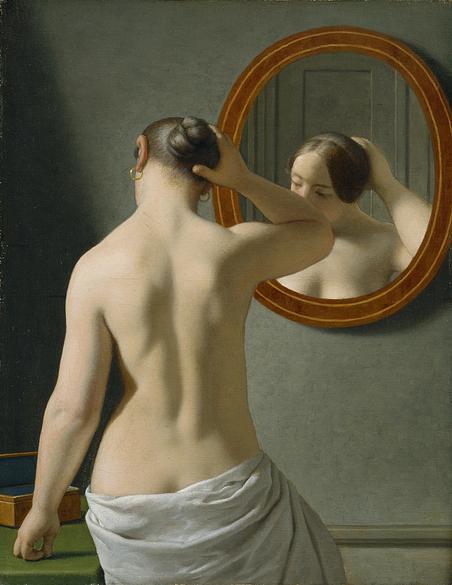
Before Eckersberg and his colleague J.L. Lund were appointed professors at the art academy in 1818, academy students were only taught how to draw. If the young artists wanted painting lessons, they had to take private tuition from the professors or from the craftsmen of the city. This changed from the late 1820s: from then on, painting classes became part of the formal curriculum, and life classes with live models became a priority. From 1833, this included female models as well. Artists also cultivated the art of open-air painting, going on excursions around town and to the Dyrehaven parklands north of Copenhagen. In this manner the young artists became closely acquainted with nature, allowing them to depict it with greater accuracy.
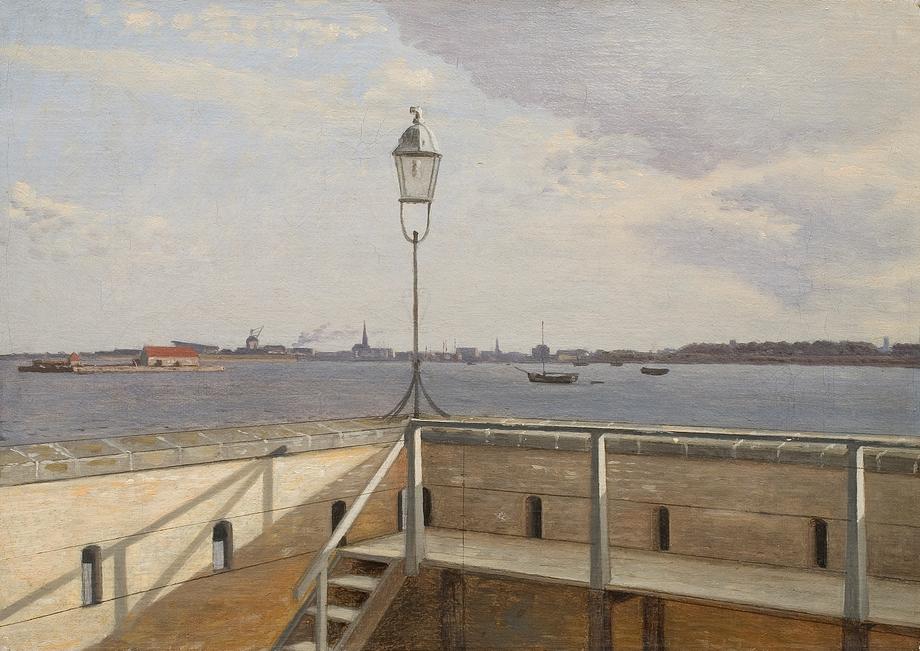
New methods, new objectives
In the past, the Copenhagen art academy specifically wanted to train artists that would match the skills and styles of artists from abroad, but towards the mid-nineteenth century this strategy changed. Art was still supposed to be of high international standard, but now it had to be Danish more than anything else – it should express national traits and temperaments. This tied in well with the methods that Eckersberg and Lund brought with them to the Academy. The methods may have come from abroad, but they focused on close observation of things that were nearby, on things that could be observed in the real world. Their pupils were encouraged to work with subjects they could actually study in real life: landscapes, urban life, family life, the weather, and in this way art would almost automatically centre on all things Danish.
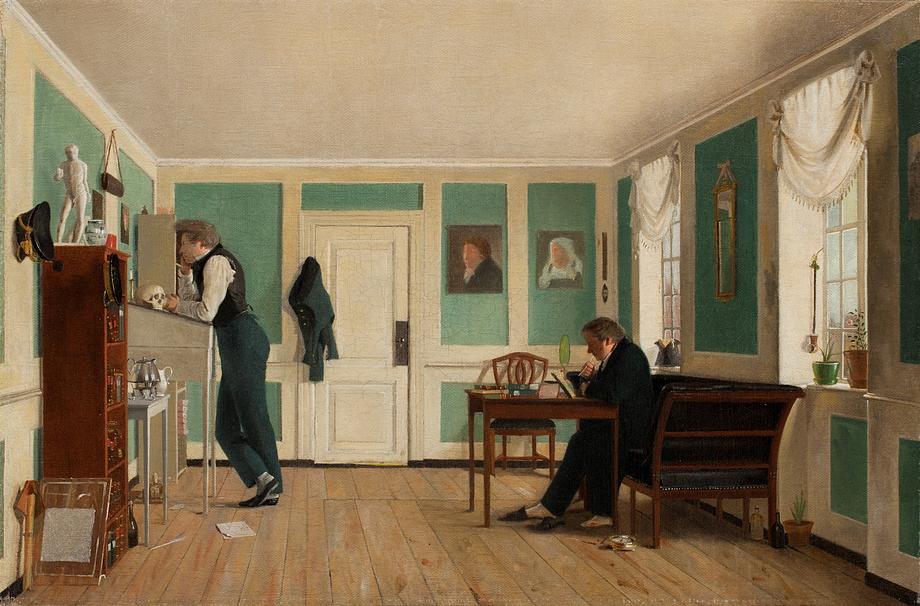
Denmark, my motherland
Travelling to Italy to see the masterpieces of antiquity and the Renaissance was still considered an important part of an artist’s education, but local subjects were now being used far more extensively than ever before in Danish art. Christen Købke painted his local neighbourhood around the Citadel in Copenhagen; Wilhelm Marstrand had a keen eye for tragic-comedic scenes, such as when entire families were evicted by the bailiff; Johan Thomas Lundbye rediscovered the Zealand landscape of his childhood in landscape scenes and close-up studies of flora and fauna; while Wilhelm Bendz worked with everyday scenes of family life. By focusing on the local and the familiar, this generation of painters created works of art that many present-day Danes would still regard as ideal illustrations of the distinctive Danish landscape and people.
